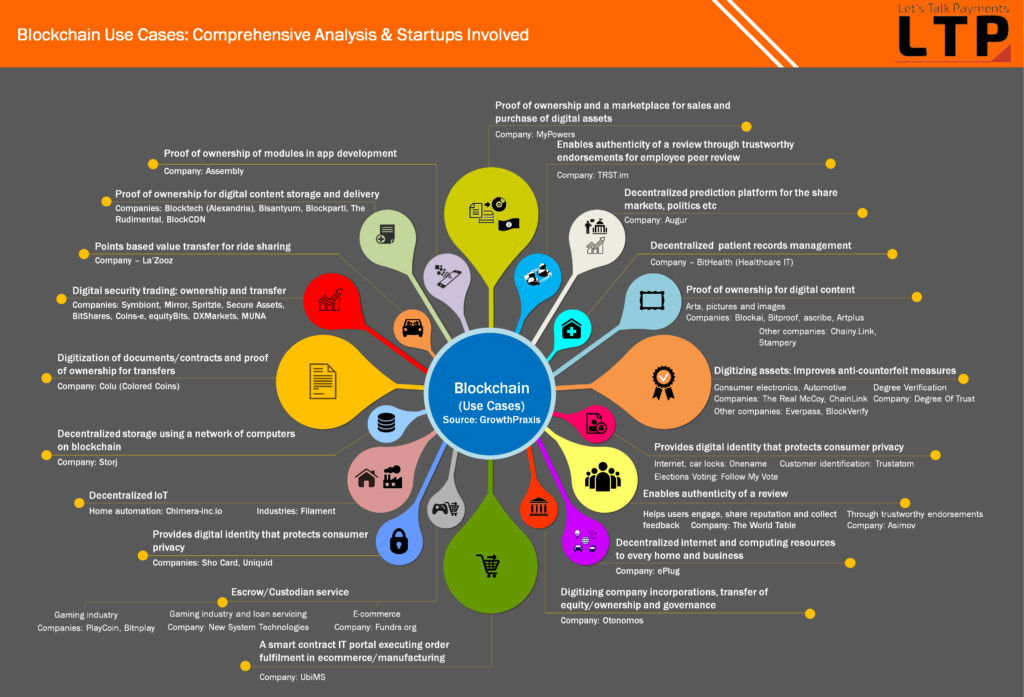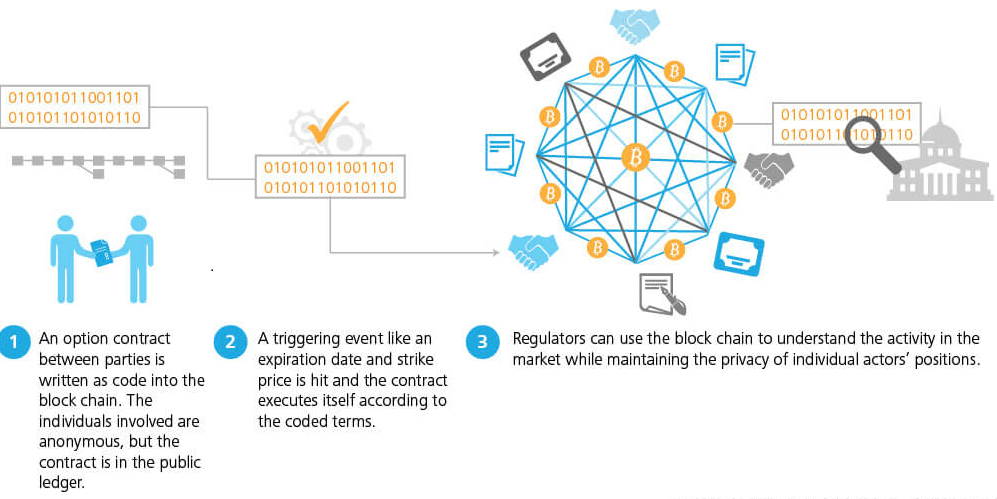
- Blockchain is decentralized, the information entered is irreversible.
- Blocks of data are linked together to form a blockchain, which is unlike a typical database. Fresh blocks are created when new data comes in. Data chains are created after data has been filled in the previous block.
- The blockchain can be used to store many types of information, but it is mainly use for transactional
ledger. - Blockchain is used in Bitcoin in a decentralized way, ensuring that no one user has full control.
- Transactions for Bitcoin are recorded permanently, so anyone can see them.
Blockchain technology is rapidly growing in every industry. In future technology virtual currency is the next stage of evolution of money.
The words block and chain were used separately in Satoshi Nakamoto’s original paper in October 2008, and when the term moved into wider use it was originally block chain, before becoming a single word, blockchain, by 2016. In August 2014, the bitcoin blockchain file size reached 20 gigabytes in size.
Blockchain technology have already placed in few countries. Funding and registration in the transport department in Australia. Real Estate department is growing fast by using BlockChain Technology in Dubai. Whereas Internal bank payments using BlockChain Technology in Singapore.
Bitcoin:
Bitcoin uses peer-to-peer technology to operate with no central authority or banks; managing transactions and the issuing of bitcoins is carried out collectively by the network. Bitcoin is open-source; its design is public, nobody owns or controls Bitcoin and everyone can take part. Through many of its unique properties, Bitcoin allows exciting uses that could not be covered by any previous payment system.
Bitcoin is a cryptocurrency and a payment system invented by an unidentified programmer, or group of programmers, under the name of Satoshi Nakamoto. Bitcoin was introduced on 31 October 2008 to a cryptography mailing list, and released as open-source software in 2009. Currently Banks, Credit Cards are charging 7-10% average fee of transaction. But this is the benfit with Bitcoin Users get direct payment from anyone and anywhere in the world.
BlockChain Technology:
Source: DUPress
As we know about Bitcoin is a Virtual currency and it soon to be include transfer of property and identity management. The public and private sectors will face new challenges, opportunities and responsibilities. Government sector is also coperation with Bitcoin technology to create innovative product and services.
Identity management is also the tranform in Blockchain technology. As we known there are many identities and documents were stolen in past years.
Identity Management forms:
- Passports
- Social Security numbers
- Driving License
- Tax Identification Number and more..
According to Forbes
- The Blockchain is a public ledger that records (providing ownership and time stamp) and validates every transaction made worldwide.
- What makes this network unique and secure is that all transactions are authorized and backed by thousands of computers (called miners), achieving consensus on each transaction.
- No one owns it (hence the term “decentralized”), and therefore it’s immutable and there’s no single point of attack for those attempting to “hack” or otherwise alter the records on the Blockchain registry.
- The technology enables peer to peer (P2P) transaction capabilities without any involvement of a central authority or a third party.
How it works?
Below graphic is showing cases.

Image source: Let’s talk payment
Also See – CryptoJacking: A Technique Using By Hackers To Mine Cryptocurrencies





